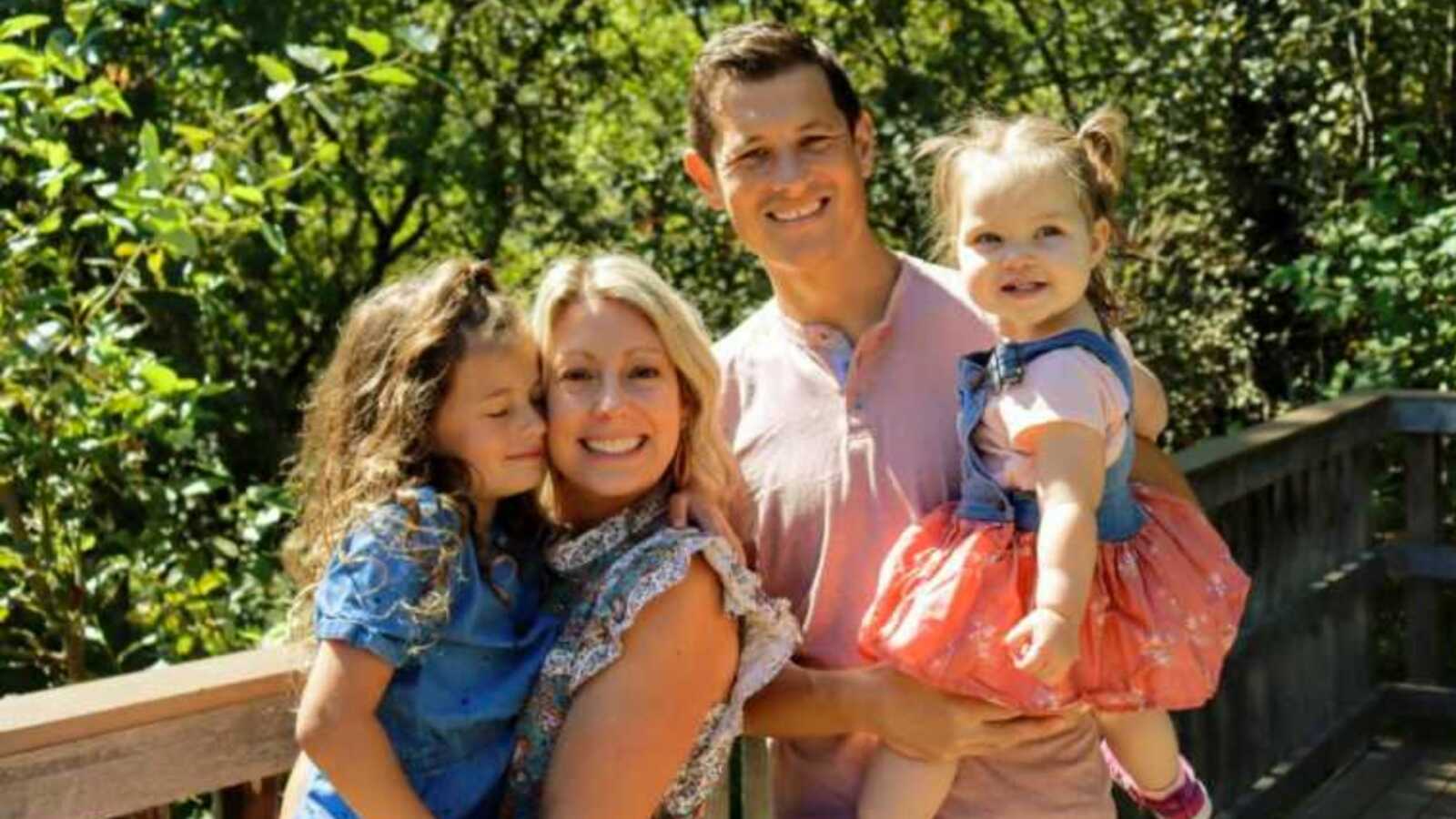My Closed Adoption Story
“I was adopted as an infant, and now I am an adoptive mom. Both my daughter’s and my adoption were domestic infant adoptions through an agency. The major difference between these two adoptions is that mine is closed and our daughter’s is open.
My closed adoption meant that I grew up not knowing anything about my birth family. I have no names, pictures, or medical history. I received one sheet of paper with only a few paragraphs describing my birth mother’s and father’s general physical appearances and hobbies.
For adoptees in closed adoptions, our birth certificates are even amended, which means the name of the birth mother and father are erased and replaced with the adoptive parents’ names after the adoption is finalized.
What I think a lot of people may not know about closed adoptions is the length to which they truly are legally closed. I’m 43 years old and my original birth certificate is still legally sealed by the courts.
My story began in 1979, the year I was born. My adoptive parents received what is called a ‘baby born’ call. They had adopted my brother a year and a half earlier and were told it would take years to adopt a second child, so you can imagine their surprise when they received a call to come meet their daughter at the hospital.
One of the stories my mom often told me was that while they were driving to the hospital to pick me up, she called my grandfather and frantically asked him to buy a crib and put it together before they brought me home.
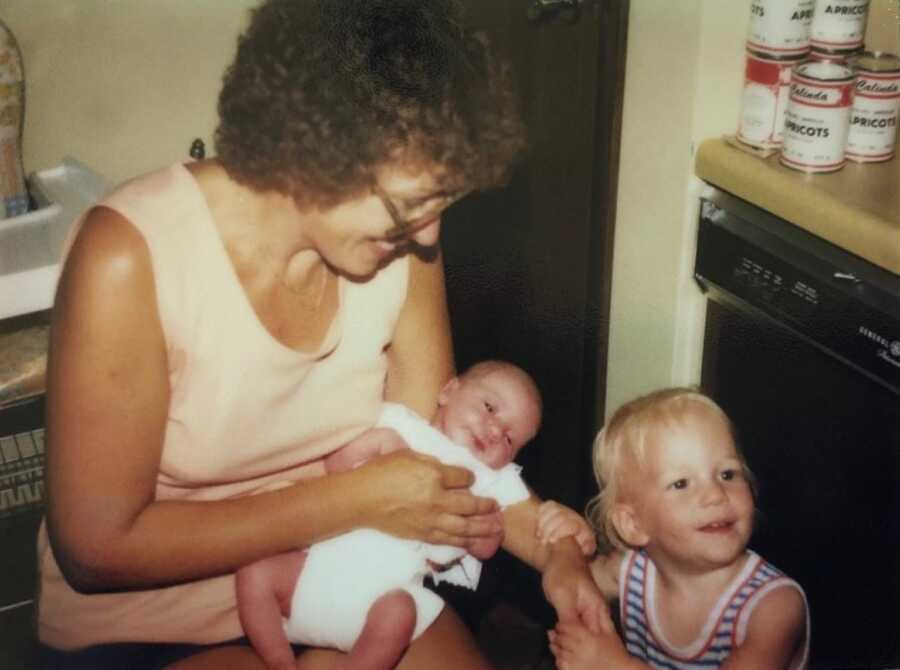
Growing up, I always knew that I was adopted. With my older brother and I both being adopted, my family normalized adoption in our household by talking about it frequently. If anything, I grew up feeling special because I was adopted. I felt like it was something that differentiated me from other people.
My parents often talked about how much they wanted my brother and me before we were born. I recall one time when a friend came over to play and I told her all about adoption. She started crying because she was not adopted and felt like her family must have only loved her for 9 months before she was born versus our 5+ years.
To be clear, being an adoptee is not all sunshine and rainbows. Growing up, and even now as an adult, I sadly have become used to people asking personal questions or saying strange things about adoption.
I hear questions such as, ‘Who are your real parents?’ and ‘What if you end up marrying a biological sibling?’ and so on. I also hear those statements, ‘Oh you are adopted. We used to tease my sister that she was adopted just to see her cry.’
Yes, these statements are pretty messed up. That could explain why a lot of adoptees have tough skin about this topic, having had to deal with this lack of education outside of the adoption community their whole lives.
Infertility Battle
Fast forward a few years, my husband and I got married and I gave birth to our oldest daughter about two years later. My husband also has a connection to adoption. His mother was a single mom when she married his father, who later adopted him. Between the two of us, we only know about one-fourth of our biological history.
A couple of years later, we moved from Chicago to Oregon. It was a big change for our family and it took us a few years to get settled in. By then, I was in my late 30s. When we decided to start trying to get pregnant again, it was not as smooth as we had expected.
Our issue was that we kept having non-viable pregnancies. This means that I’d be pregnant for about 10-12 weeks and then, at an ultrasound appointment, with no prior symptom changes, we would find out that the baby’s heart had stopped beating.
This happened three times. After the last one, we said, ‘Enough—enough emotionally, enough physically, enough mentally.’
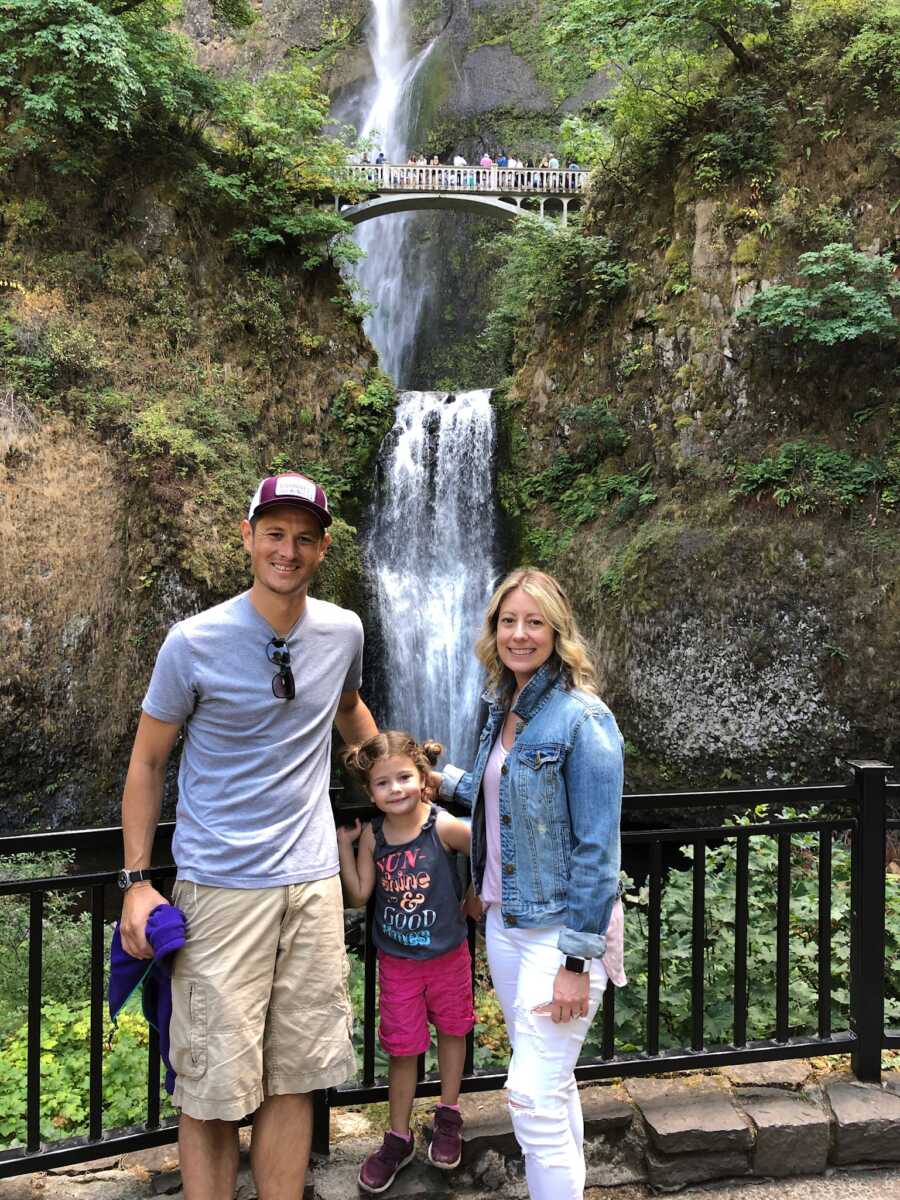
Choosing Open Adoption
We felt that with both of us having such a close connection to adoption, this was going to be our way to expand our family. The adoption process was long and intense. We spent a few months researching adoption agencies. Once we selected the agency, it was there that we heard about open adoption.
This was a nice change compared to what I had experienced. We went through six months of paperwork, home visits, and training to get approved for our home study. After that, we created marketing material, such as a print and video profile.
After learning about open adoption, our adoption profile was focused on wanting an open relationship with the birth family. Hopefully, we would find the right expectant mother who wanted the same thing.
Waiting is one of the toughest parts of adoption for prospective adoptive parents. After going through home study approval, then creating all of the marketing materials, you just wait. You wait until an expectant mother (and sometimes expectant father) selects you to be the parents to raise their child.
Getting the phone call from the agency that an expectant mother had picked us was one of the best days of our lives. We were honored, humbled, excited, and nervous.
As the weeks went on, we had the opportunity to text and talk with her. We quickly developed a connection with her. She selected us early on in her pregnancy, which means that our match was longer than others, giving us several months to get to know each other.
Meeting Our Adoptive Daughter
When the expectant mother called us in the middle of the night to tell us that she had gone into labor, we were so excited that we jumped up to get the family ready to fly to her home state. After two long connecting flights, we made it there before the birth.
She asked me to be with her in the delivery room, which was an honor I will never forget—just the two of us welcoming our daughter into this world. She had made a clear birth plan that the medical staff and I followed, but after our daughter was born, I asked for one request:
I wanted her to be the first to hold our daughter and to get some one-on-one time with her before I did.
This was important to me as an adoptee. While I do not know anything for certain about my birth situation, knowing the adoption practices that happened back in 1979, I doubt that my birth mom was ever allowed to hold me, or perhaps even see me.
That has a profound impact on someone’s life and I did not want that for our daughter. So, I stepped into the hallway and gave them as much time as they needed together. When she was ready, she called me back into the room and I held our daughter for the first time.
After the nurses gave the all-clear, my husband came into the hospital room to meet the birth mom and our daughter. The stay at the hospital was relatively short, but it was a lovely time to spend with our daughter, her birth mom, and some of her extended family.
After that, we stayed in that state for a few weeks, which was longer than officially required by the courts. We did this both to give the birth mom time to spend with our daughter and to make sure it was clear that we were keeping our promise of open adoption.
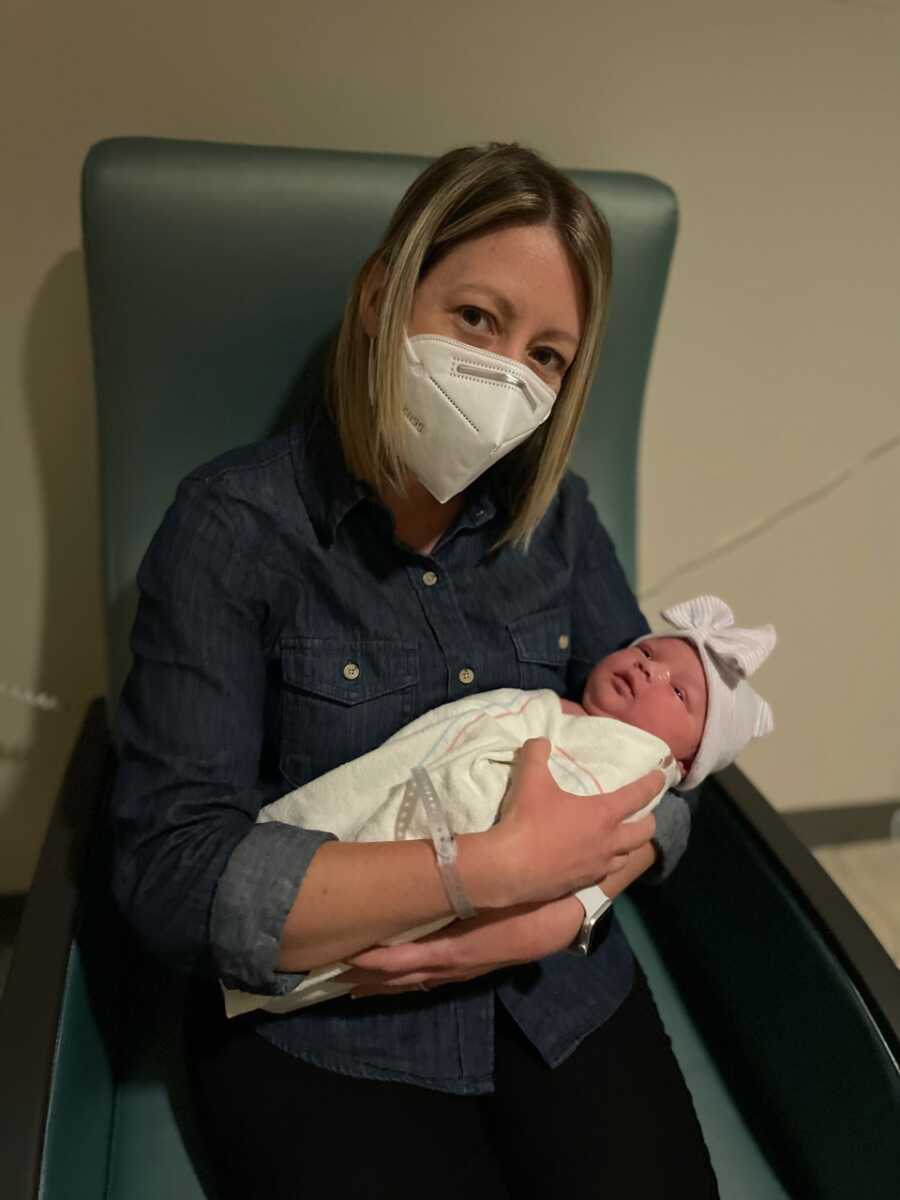
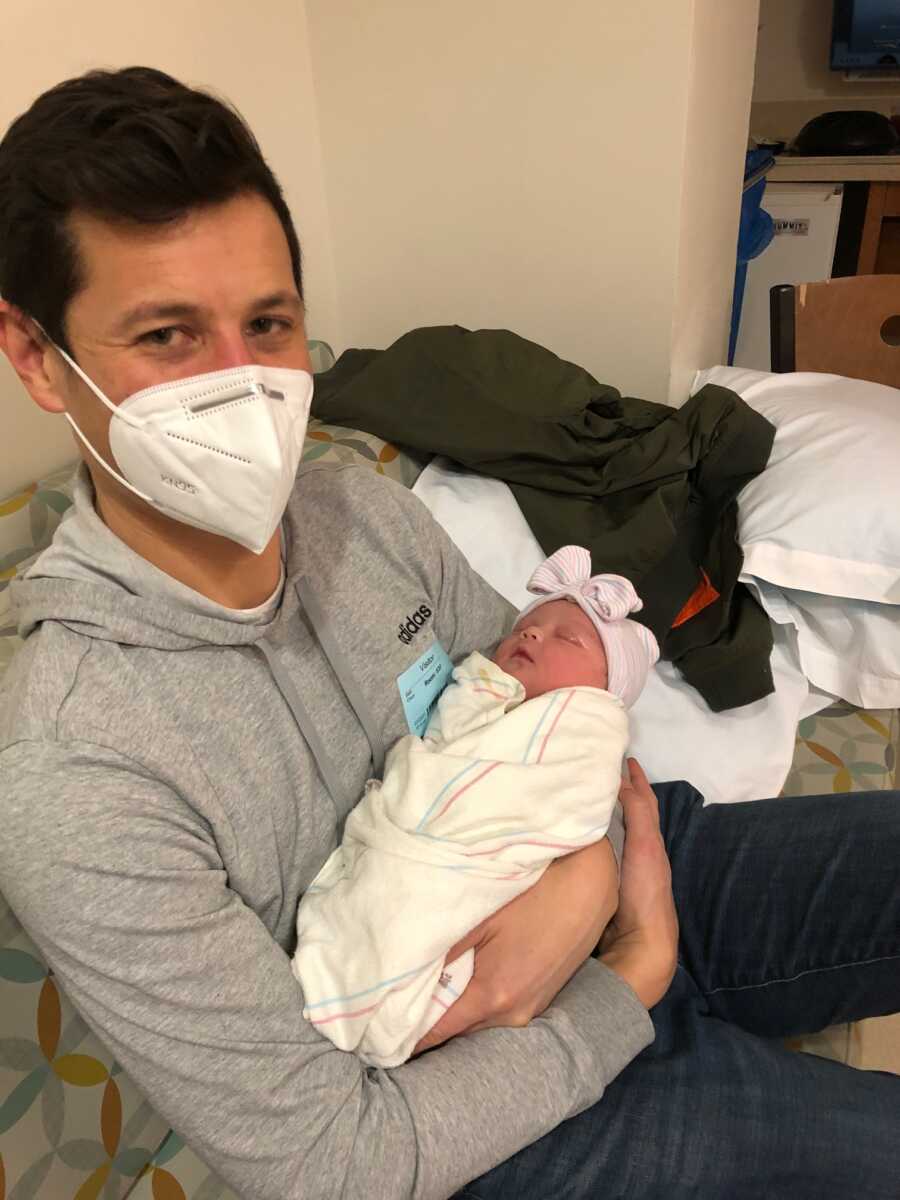
Since then, we have stayed in touch through text, phone, video calls, etc. We also flew back for a visit and had the opportunity to meet even more of our daughter’s extended birth family.
To us, they are like extended family. To her birth family, it’s important to see how their daughter, granddaughter, niece, cousin, sister, etc. is growing and thriving.
This is an important relationship that will mean a lot to our daughter as she grows. To me individually, it is healing to watch her enjoy these relationships. We are also privileged to receive continued updates on the family’s medical history, all of which I was not privy to from my own birth family.
The adoption industry is moving towards open adoption, largely because there have been multiple research studies highlighting how beneficial it is for the adoptee. Open adoption is more of a spectrum than simply a coin flip, as compared to closed adoption.
Closed adoption is clearly defined as ‘a form of adoption in which the biological parents have no direct contact with the adoptive family, and the adoptive parents often know little or nothing about the biological parents.’ (Oxford Languages Definition).
Open adoption, on the other hand, can span from simply just knowing the first and last name of the birth mom…to sending letters and photos through the agency without direct contact…to a relationship like ours in which we stay in contact but live states apart.
There are even families that live down the street from each other, with the birth family regularly spending time with the child. There is no one-size-fits-all to open adoption; each family figures out what works best for their situation, and it can change over time.
It’s also worth noting that no two adoptions are alike. Sometimes there are cases where an open adoption may be out of the control of the adoptive parents due to the birth family’s request, court order, or any number of different situations. We are thankful to have this open adoption with our daughter’s birth family.
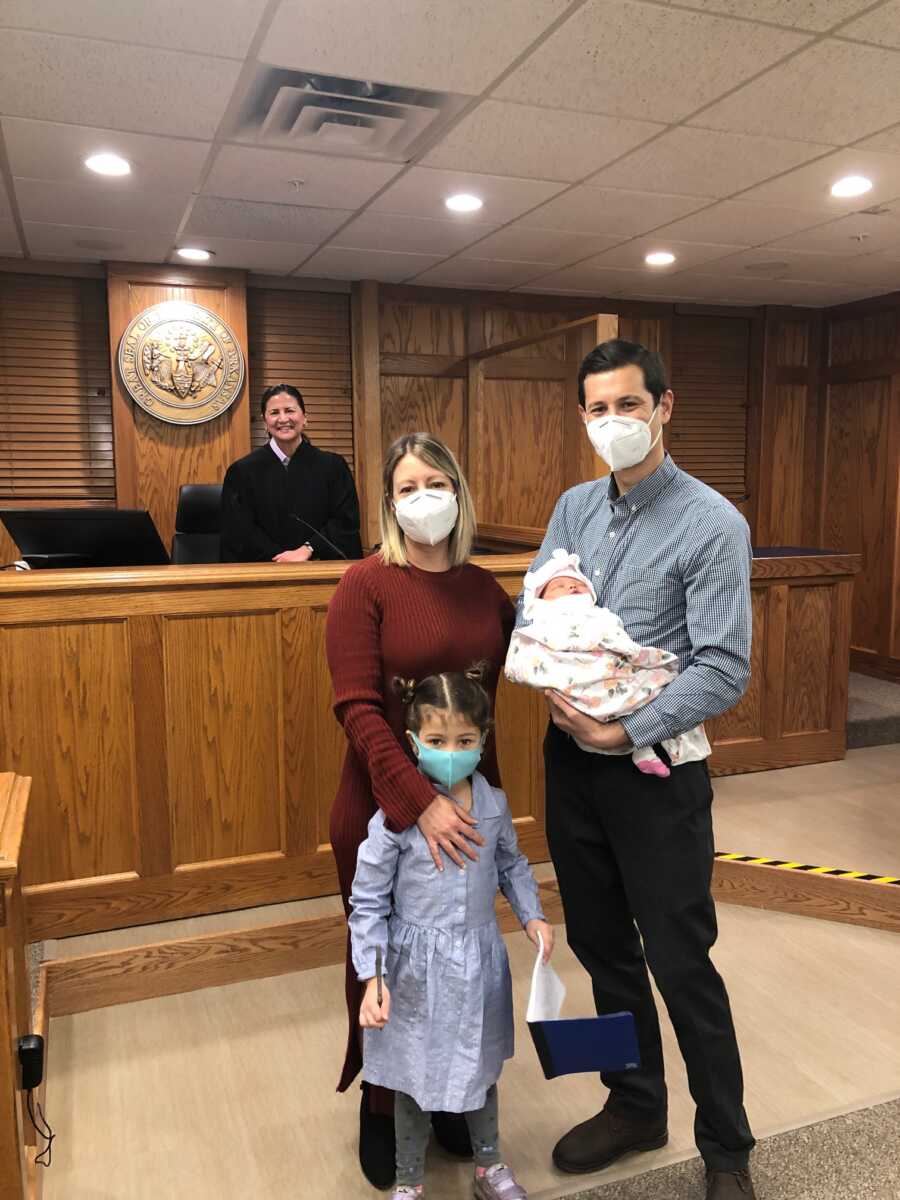
Open Adoption Advocacy
Knowing how important this relationship is to our daughter, as well as to us, I wanted to make sure it was reflected in the adoption books that we read to her. Back when we waited for her to be born, I wondered if she would ever know how much we wanted her in our family, or how much her birth family cared for her.
In preparation for her arrival, I purchased all of the well-known children’s adoption books on the market, but I felt that they were all missing some key elements.
I noticed that the birth mom was rarely illustrated, let alone featured as the main character. Often, if she was mentioned, the words typically focused on the struggle that she went through.
After now seeing adoption from two sides of the triad, as both an adoptee and an adoptive parent, I can see that there is a lot of love that surrounds the adoptee and I wanted to reflect that in the children’s book that I have written—and now read to her.
There were a few things that were important to me to have in this book. I wanted the birth mom to be represented as pretty, put-together, and a main character. I also wanted to normalize both the decision of the adoptive parents and the decision of the birth mom to enter into adoption.
As mentioned, some children’s books try to touch on this, but most only focus on the birth mom’s struggle and do not mention the adoptive parents’ struggles that brought them to adoption as well. So instead, I normalized both, with separate page spreads for each.
In both scenes, they are individually looking up at the night sky and wishing, praying, and meditating for this loved baby. The other key element in writing this book was to appropriately show the love the birth mom felt while pregnant.
In the illustrations, she is lovingly putting her hands on her pregnant belly. In one scene it reads, ‘She loved you even when you were tiny in her belly.’ These are words that are rarely said to adoptees.
I realize that not all adoption is like this. However, many adoptions these days are like this, and I wanted there to be a book that reflected this type of love for those situations.
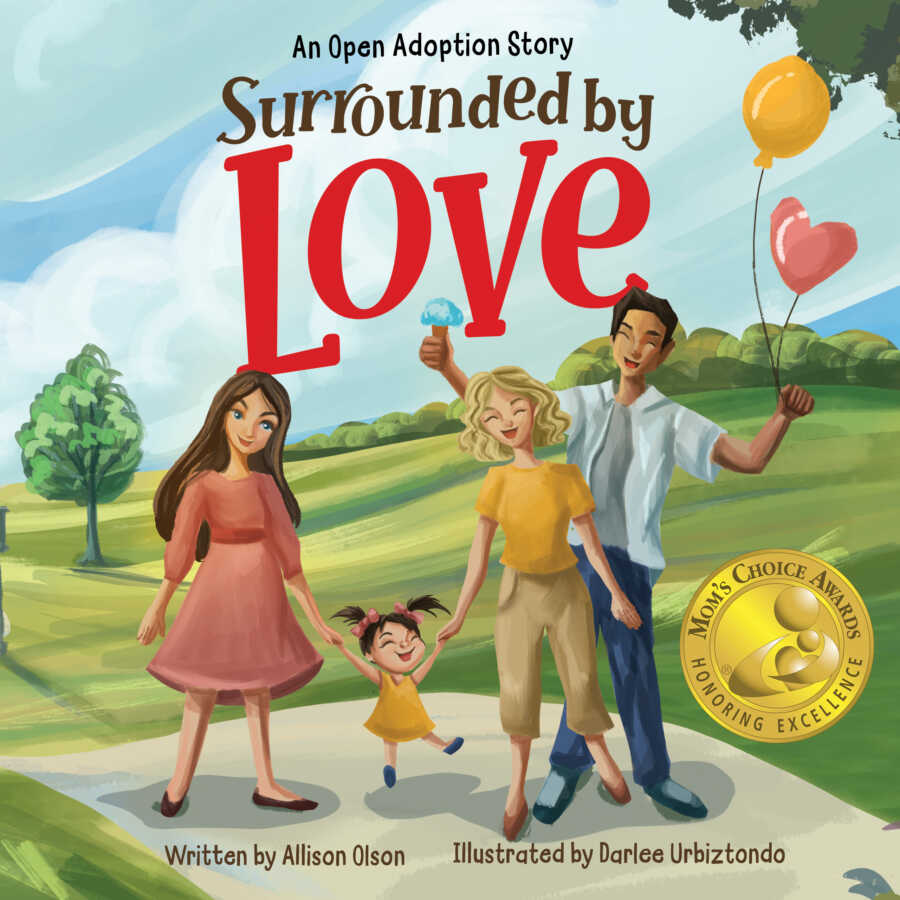
My main purpose in writing the book was to show all of the love that surrounded the adoptee, from both the birth and adoptive families, before the adoptee was born and how it continues throughout their life. This is why I titled the book Surrounded by Love: An Open Adoption Story.
The goal of this book is to help build confidence and self-esteem in young adoptees. It is intended to be a love story from beginning to end.
Creating this book has been a journey. I searched for an illustrator for months until I found the perfect one for this story. Her name is Darlee Urbiztondo.
She has been able to skillfully capture the complex emotions involved in adoption. That may be in part because her brother was adopted.
She was able to take my explanations of feelings for each of the characters and translate it beautifully into art where you can feel the emotions of love, relief, sadness, and joy as you read the book. She also added a subtle component to the illustrations: each of the main characters wears a specific color throughout the book—the birth mom (pink), adoptive mom (yellow), and adoptive dad (blue).
You will notice that as the adoptee grows, she is wearing each of those colors to show that each of those individuals has a profound impact on her life.
After my own experience with a closed adoption, I wanted to celebrate open adoption. I wanted to make sure there are children’s adoption books that reflect the birth mother and adoptive parents in a positive light to help normalize this loving relationship.
I am on a mission to change the adoption narrative from the ‘lucky’ child to the ‘loved’ child through children’s literature.”
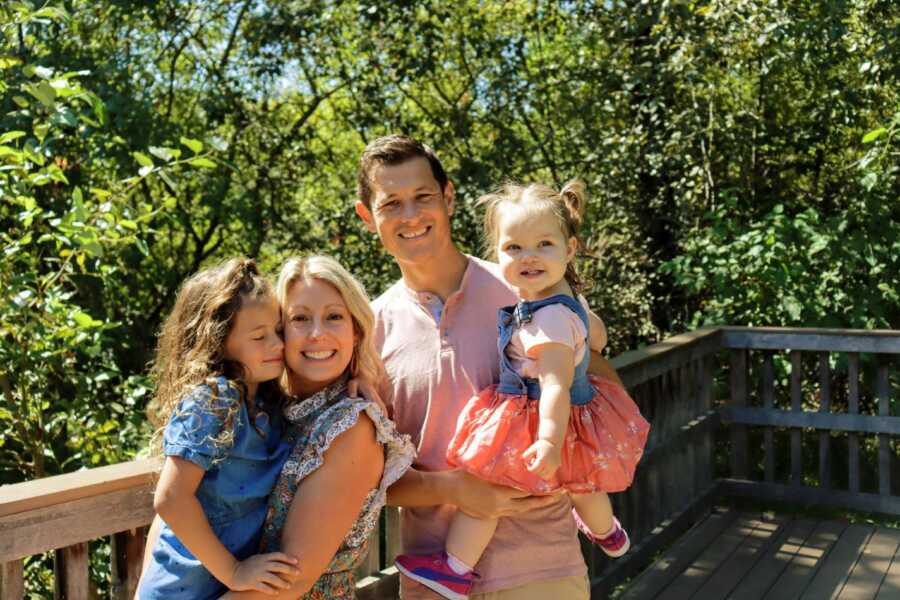
This article was submitted to Love What Matters by Allison Olson. You can follow her on Instagram. Join the Love What Matters family and subscribe to our newsletter.
Read more stories like this:
SHARE this story on Facebook to support other adoptive families.

